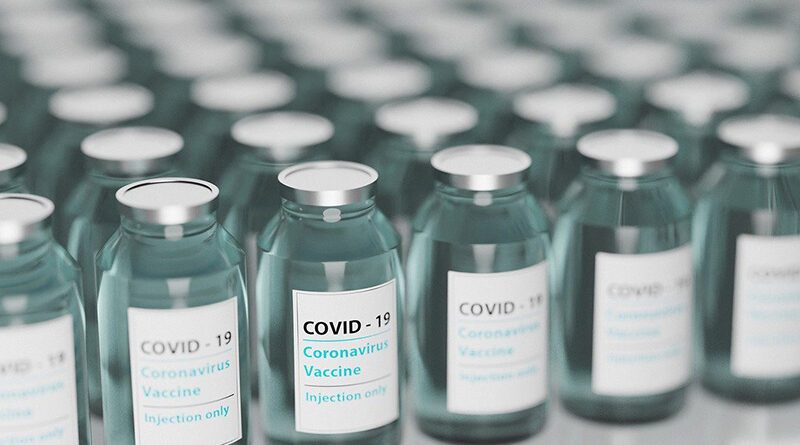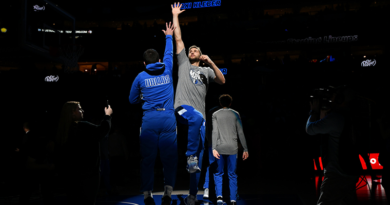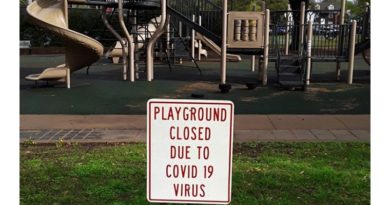What Will It Take To Close The Vaccine Acceptance Gap?
SMU researcher: Convincing Americans will require ‘cause-and-effect’ conversation
November announcements about promising COVID vaccine candidates from Pfizer/BioNTech and Moderna sent stocks soaring and kindled hope worldwide.
But a STAT/Harris Poll conducted just days before found only 58 percent of Americans said they would likely get a COVID vaccine if it lowered their risk by at least half, and those between the ages of 18 and 34 were less likely.

Health experts say 70 percent of Americans need to be vaccinated to reach the “herd immunity” level that stops or slows the spread of the disease.
SMU health behavior researcher Austin Baldwin said communication based on psychology research is key to Americans’ acceptance of a COVID-19 vaccine.
Research shows that individuals make health decisions based on their perceptions – interpreting information and turning it into meaningful knowledge – and their beliefs – acceptance of something’s truth or validity.
To choose to take a COVID-19 vaccine, individuals must perceive the severity of the virus, perceive that a vaccine will be effective, and believe that they are at risk of contracting the disease, Baldwin said.
Anticipated regret is also a robust predictor of how health decisions are made, he said. Humans can imagine how they would feel if they chose not to be vaccinated, then became infected with COVID-19 or infected someone dear to them.
The most successful appeals for health decisions are transparent, engage the individual, and help individuals to learn and remember information.
Forget old-school propaganda and “you should” instructions. Instead, people are more likely to react positively to an appeal paired with questions, such as:
What will happen if I get COVID?
How will I benefit from a COVID-19 vaccine?
How will my family benefit if I get the vaccine?
How will the public benefit if I get the vaccine?
“Asking questions makes it more likely people will actively engage with the information instead of being passive participants,” Baldwin said.
Vaccines were a critical medical intervention in the last century, virtually eliminating smallpox, polio, diphtheria, mumps, measles, and rubella in the United States. The CDC credits state and local vaccination mandates for daycare centers, schools, and universities for high vaccination rates in the U.S.
But no mandate exists for a COVID-19 vaccine, at least not yet. In fact, there is no precedent for creating and distributing vaccinations for a virus that has caused a worldwide pandemic affecting all ages.
Research shows that the vaccine’s newness, concern for long-term side effects, and the growing anti-vaccine movement could contribute to hesitation to take the vaccine.
“We might see a quicker and more widespread acceptance of the COVID-19 vaccine if people perceive the outcome of getting the vaccine for themselves as a return to life close to what it was before the pandemic,” Baldwin said.
Click here for the latest Coronavirus coverage
For nearly 40 years, People Newspapers has worked tirelessly to tell the stories—good, bad, and sublime—of our neighbors in the Park Cities and Preston Hollow. To support our efforts, please contact [email protected] for advertising opportunities. Please also consider sharing this story with your friends and social media followers.









